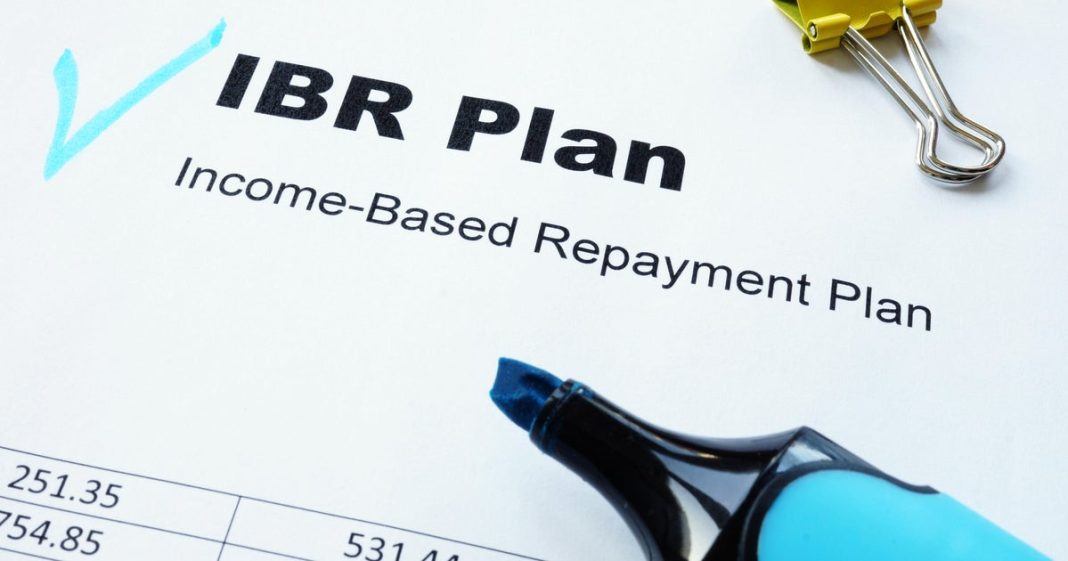The millions of Americans with student loans, who have already experienced whiplash in federal policy since the pandemic, must again brace for change.
The “big, beautiful bill” that President Trump signed into law on July 4 overhauls the federal student loan system by reducing the number of repayment plan options down to two from seven and capping the amount individuals can borrow for higher education.
Here’s how the new budget law will affect people with federal student loans.
Repayment plan options
The One Big Beautiful Bill Act phases out a number of existing federal student loan repayment plans, including the SAVE, PAYE, IBR and ICR.
Current borrowers enrolled in programs to be eliminated will have until July 1, 2028, to switch to a new plan. For the 7.7 million Americans enrolled in the Biden-era SAVE plan, interest collection will resume on Aug. 1, the Department of Education announced Wednesday.
Beginning on July 1, 2026, new student loan borrowers will choose between one of two plans: a standard repayment plan or an income-driven repayment (IDR) plan called the Repayment Assistance Plan. The standard repayment plan will allow student loan borrowers to make fixed payments over the course of 10 to 25 years.
That approach “condenses a maze of loan options into two,” simplifying the repayment process, according to the White House.
The Repayment Assistance Plan will allow borrowers to pay 1% to 10% of their income on a monthly basis, for up to 30 years, Aissa Canchola Bañez, policy director at advocacy group Student Borrower Protection Center, told CBS MoneyWatch. That’s a longer timeline than current IDR plans, which are currently either 20 or 25 years.
After the 30-year mark, the borrower’s remaining loan balance will be canceled, as is currently the case after an individual’s repayment window ends.
The five-year payment extension on income-based payments concerns Bañez, who said “borrowers are going to be forced to be in repayment for even longer,” she said.
However, Sarah Reber, a senior fellow at the Brookings Institution, a Washington, D.C.-based think tank, thinks the binary repayment options a “huge improvement” from a policy design perspective. The current system is confusing for borrowers given all the options from which they have to choose, she told CBS MoneyWatch.
“The One Big Beautiful Bill gives families the freedom to choose the best education for their children while reforming a broken federal loan system to promote responsibility, affordability and opportunity,” the White House said in a post about the law’s impact on student loans.
Pell Grants
The new law tightens eligibility rules for the Pell Grant program, the largest source of federal aid for low-income students. From 2021-2022, an estimated 92% of Pell Grant recipients had a total family income at or below $60,000, according to Congress.gov.
Under the law, students who receive a full scholarship from a college or university will no longer be eligible for additional funding through the Pell Grant program.
By contrast, the law expands Pell Grant eligibility for students in workforce training programs. Previously, Pell Grants could only be used to pay for workforce training courses of less than 600 hours and 15 weeks, shutting out many short-term programs.
That will enable “Pell Grants to be used for short-term, high-quality workforce training programs to support Americans who choose a career or technical education path for career advancement,” the White House said.
The budget law also increases scrutiny of the Student Aid Index, which is used to determine the size of an individual’s federal aid eligibility. As a result, higher-income families will have a harder time getting Pell Grant funding, according to the U.S. Senate Committee on Health, Education, Labor and Pensions (HELP).
Borrowing caps
The new law sets borrowing caps on certain loans beginning July 1, 2026.
Parent PLUS loans — federal loans available for parents of dependent undergraduate students — will now be restricted to $20,000 a year and a total cap of $65,000. That’s a change from the current limit, which amounts to the total cost of attendance minus any student aid an individual receives.
The new law also does away with Grad PLUS loans, which help people finance higher education degrees. Starting July 1, 2026, new students will no longer be able to apply for the loans. However, current borrowers will be grandfathered and still allowed to access the loans, according to EdSource.
With the elimination of Grad PLUS loans, graduate students in need of federal tuition assistance will have to take out Direct Unsubsidized Loans. Those seeking unsubsidized federal loans for professional degrees, such as law or medicine, will be restricted to $50,000 per year and a $200,000 lifetime cap. Those seeking advanced degrees in nonprofessional areas, such as history or philosophy, will be subject to an annual borrowing cap of $20,500 and a lifetime limit of $100,000.
Economic hardship, unemployment deferment
Currently, student loan borrowers can apply for up to three years of deferment based on economic hardship or unemployment, according to the Federal Student Aid website.
Starting July 1, 2026, the new law eliminates deferment provisions for borrowers facing economic hardship. For example, someone who falls behind on the bills because of job loss would no longer qualify to defer student loan payments, Bañez said.
According to the White House, the changes to the deferment rules will streamline the process while also better protecting students and taxpayers.




